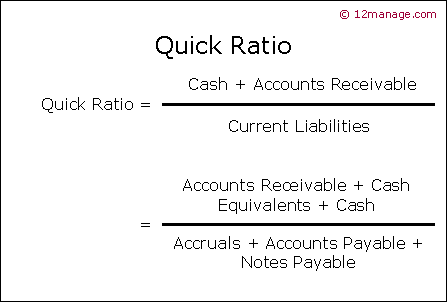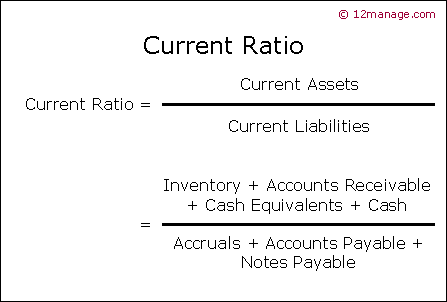Liquidity Definition Ratios How It s Managed
Post on: 16 Март, 2015 No Comment

How It Controls the Economy and Your Finances
Money is like water to the life of the economy. Photo: Max Schulz/Getty Images
Definition: Liquidity is the amount of money that is quickly available for investment and spending. High liquidity is when money is easy to get. Low or tight liquidity is when money is difficult or expensive to get.
Capital is the amount available for investment by businesses or individuals. It includes cash, credit and equity. Most of this capital is credit rather than cash. That’s because the large financial institutions that do most investments prefer using borrowed money.
Even consumers traditionally prefer credit and loans. However, since the Great Recession, they’ve shied away from credit cards, using debit cards. checks or cash to make sure they can afford their purchases. They’ve also taken advantage of low interest rate loans to buy cars and get an education. For more, see Consumer Spending Trends and How Does Your Credit Card Debt Compare to the Average?
How the Fed Manages Liquidity
The Federal Reserve manages liquidity with monetary policy. It measures liquidity with the money supply. such as M1, M2, and M3. The most important of the Fed’s tools is the Fed funds rate. which guides short-term interest rates.
The Fed also uses open market operations. which affect Treasury bond yields. For more on how the Fed created massive amounts of liquidity, see Quantitative Easing.
When rates are low, capital is easily available. Low rates reduce the risk of borrowing, because the return only has to be higher than the interest rate. This makes more investments look good. In this way, liquidity creates economic growth.
Liquidity Glut
High liquidity means there’s a lot of capital. However, there can be too much of a good thing. A liquidity glut develops when there is too much capital looking for too few investments. This can lead to inflation. As cheap money chases fewer and fewer good investments — whether it’s houses, gold. or high tech companies — then the prices of those assets increase.
This leads to irrational exuberance . Investors only think that the prices will rise, and everyone wants to buy more now so they don’t miss any profit. This can create an asset bubble.
Eventually, a liquidity glut means more of this capital becomes invested in bad projects. As the ventures go defunct and don’t pay out their promised return, investors are left holding worthless assets. Panic ensues, resulting in a withdrawal of investment money. Prices plummet, as investors scramble madly to sell before prices drop further. This is what happened with mortgage-backed securities during the Subprime Mortgage Crisis. This phase of the business cycle. known as contraction, usually leads to a recession .
Constrained liquidity is the opposite of a liquidity glut. It means there isn’t a lot of capital available, or that it’s really expensive. It’s usually a result of high interest rates. It can also happen when banks and other lenders are hesitant about making loans. Banks become risk-averse when they already have a lot of bad loans on their books.
Liquidity Trap
A liquidity trap is when the Federal Reserve’s monetary policy doesn’t create more capital. It usually happens after a really bad recession. Families and businesses are afraid to spend, no matter how much credit is available.

Families are afraid they’ll lose their jobs, or they can’t get good jobs, so they hoard their income, pay off debts, or save instead of spending. Businesses are afraid demand will fall off even more, so they don’t hire or invest in expansion. Banks hoard cash to write down the bad loans, and become even less likely to lend.
If there is deflation. they might also wait for prices to fall further before spending. As this vicious cycle continues spiraling downward, the economy is caught in a liquidity trap. For more, see Liquidity Trap .
Market Liquidity
In investments, liquidity is how easily an asset can be converted to cash. After the 2008 financial crisis. homeowners found out that houses had little liquidity. That’s because the home price fell below the mortgage owed. Many owners had to allow the home to foreclose, losing all their investment. During the depths of the recession, some homeowners found that they couldn’t sell their home for any amount of money.
Stocks are more liquid. At least if a stock becomes worth less than you paid, you could deduct the loss on your taxes. Furthermore, you can pretty much always find someone to buy it, even if it’s only pennies on the dollar.
Liquidity Ratios
Businesses use liquidity ratios to measure their financial health. The three most important are:
- Current Ratio — the company’s current assets divided by its current liabilities. It determines whether a company could pay off all its short-term debt with the money it got from selling its assets.
- Quick Ratio — The same as the current ratio, only using just cash, accounts receivable and stocks/bonds. The business can’t count its inventory or prepaid expenses that can’ be easily sold.
- Cash Ratio — Like the name implies, the company can only use it cash to pay off its debt. If the cash ratio is one or greater, that means the business will have no problem paying its debt, and has plenty of liquidity. Article updated January 6, 2014














